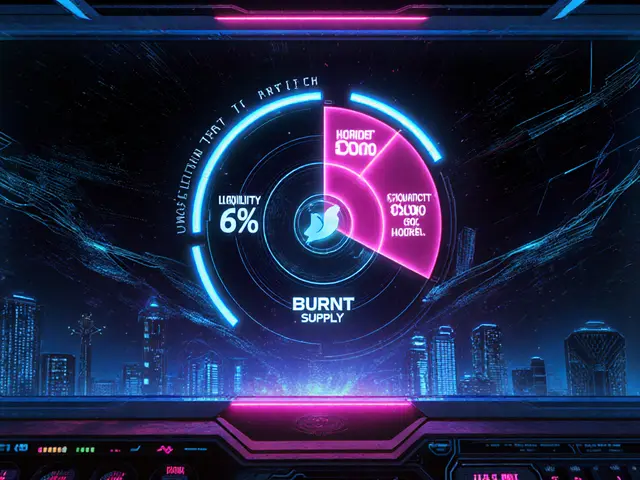TIGERMOON Token: What It Is, Risks, and Why It’s Likely a Scam
When you hear about TIGERMOON token, a cryptocurrency token with no verifiable project, team, or blockchain activity. Also known as TIGERMOON coin, it appears on some decentralized exchanges with flashy marketing—but zero real use case. This isn’t a DeFi innovation. It’s not a new blockchain experiment. It’s a classic pump-and-dump scheme dressed up with a tiger logo and a Discord server full of bots.
Scam tokens like TIGERMOON token follow the same playbook as Apple Network (ANK), a fake token pretending to be from Apple or EzyStayz (EZY), a travel token abandoned by its team. They create hype on social media, promise huge returns, and vanish once enough people buy in. The tokenomics? Usually, 90% of supply is held by the creators. Liquidity is locked for zero days. The website? A template bought for $20. No audit. No whitepaper. No roadmap. Just a Telegram group with 50,000 fake members.
These tokens don’t solve problems—they prey on them. People see a trending name, click a link from a YouTube ad, and deposit ETH or BNB into a contract that doesn’t even have a name. Then they wonder why their wallet is empty. This is the same pattern seen in 1MIL airdrop, a fake claim tied to a real NFT project, and HeroesTD (HTD), a GameFi token with no actual game. The difference? TIGERMOON doesn’t even pretend to be a game, a DeFi tool, or a utility token. It’s just a name on a chart, designed to be bought and forgotten.
If you’re seeing TIGERMOON promoted as the "next big thing," ask yourself: Who’s behind it? Where’s the code? What’s the token for? If you can’t answer those in 30 seconds, walk away. Real crypto projects don’t hide their team. They don’t rely on influencers with fake follower counts. They don’t need you to rush in before the "limited time offer" expires. The market is full of legitimate projects with real tech and transparent teams. You don’t need to chase every shiny new token to make money.
Below, you’ll find real analysis of crypto scams, token frauds, and how to spot them before you lose your funds. No fluff. No hype. Just facts about what to avoid—and how to protect yourself in a market full of predators.




